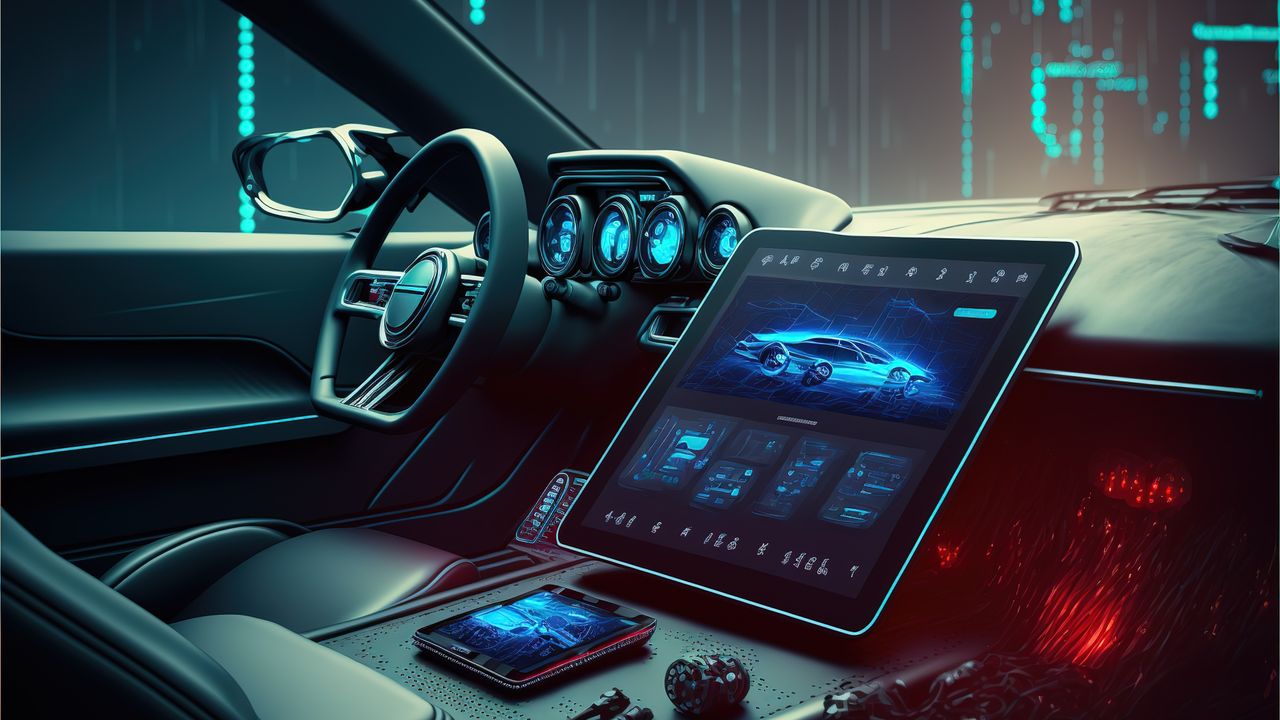EV Charging Platform User Experience: Enhancing User Engagement, Preferences, and Feedback
As the world moves towards sustainable transportation, electric vehicles (EVs) have gained significant popularity in recent years. With the increasing number of EVs on the road, the need for efficient and user-friendly EV charging platforms has become paramount. A seamless charging experience is crucial to encourage more people to adopt EVs and ensure their convenience and satisfaction. In this article, we will explore the importance of user experience in EV charging platforms, focusing on user engagement, preferences, and feedback.
User Engagement: Creating a Seamless Experience
A well-designed EV charging platform should prioritize user engagement to ensure a seamless experience for EV owners. User engagement refers to the level of interaction and involvement users have with the platform. By offering a user-friendly interface and intuitive features, charging platforms can enhance user engagement and encourage regular usage.
One way to boost user engagement is by providing real-time information about charging station availability and status. Users should be able to easily locate nearby charging stations, check their availability, and receive updates on charging progress. This information can be displayed on a map-based interface, allowing users to plan their routes effectively and minimize waiting times.
Additionally, gamification elements can be incorporated into the platform to make the charging experience more interactive and enjoyable. For example, users could earn rewards or badges for using the platform frequently or for charging during off-peak hours. This not only incentivizes users but also promotes sustainable charging practices.
User Preferences: Customizing the Charging Experience
EV charging platforms should also cater to individual user preferences to enhance their overall experience. Customization options allow users to personalize their charging sessions based on their specific needs and preferences.
One important aspect of customization is the ability to set charging preferences. Users should be able to choose their preferred charging speed, prioritize renewable energy sources, or schedule charging sessions to align with their daily routines. This level of flexibility empowers users and ensures that their charging experience aligns with their lifestyle and values.
Furthermore, personalization can extend to payment options. Offering various payment methods, such as credit cards, mobile wallets, or subscription plans, allows users to choose the most convenient and secure option for them. Providing transparent pricing information and real-time cost estimates also helps users make informed decisions and manage their charging expenses effectively.
User Feedback: Empowering Continuous Improvement
EV charging platforms should actively seek and value user feedback to continuously improve their services. User feedback plays a vital role in identifying areas for enhancement and addressing any issues or concerns that users may have.
One way to collect user feedback is through in-app surveys or ratings. Users can be prompted to provide feedback after each charging session, allowing them to share their experience, rate the charging station’s cleanliness, ease of use, or any other relevant factors. This feedback can then be used to identify high-performing charging stations and address any maintenance or operational issues promptly.
Moreover, charging platforms should have a dedicated customer support system to address user queries and concerns effectively. Whether through live chat, email, or phone, a responsive customer support team can provide timely assistance and resolve any issues users may encounter during their charging experience.
Conclusion
EV charging platform user experience plays a vital role in promoting the adoption of electric vehicles and ensuring user satisfaction. By focusing on user engagement, preferences, and feedback, charging platforms can create a seamless and personalized charging experience. As the EV market continues to grow, it is crucial for charging platforms to prioritize user-centric design and continuously improve their services to meet the evolving needs of EV owners.
